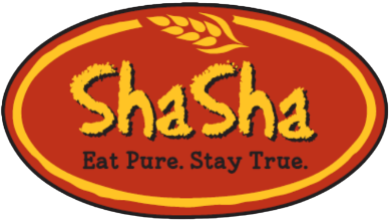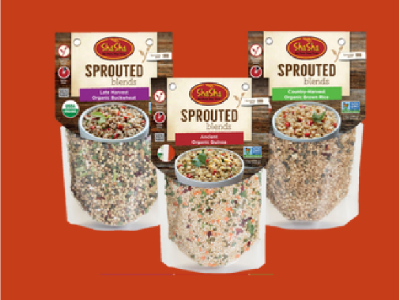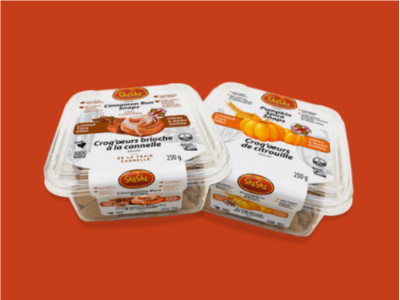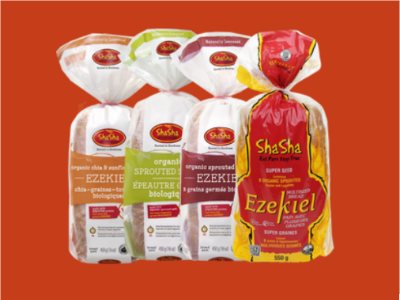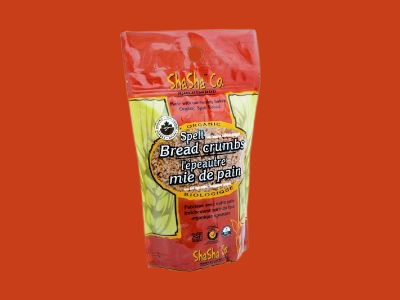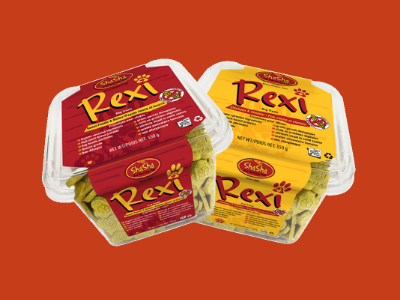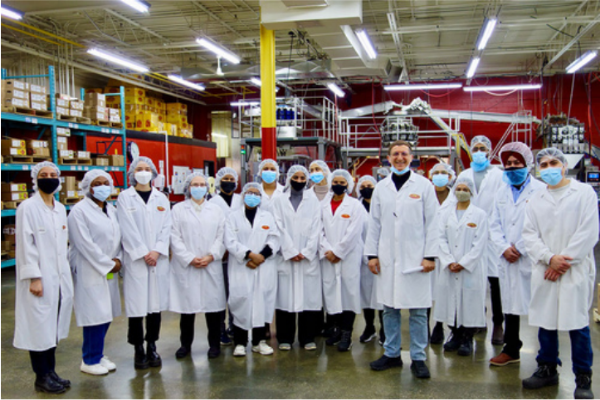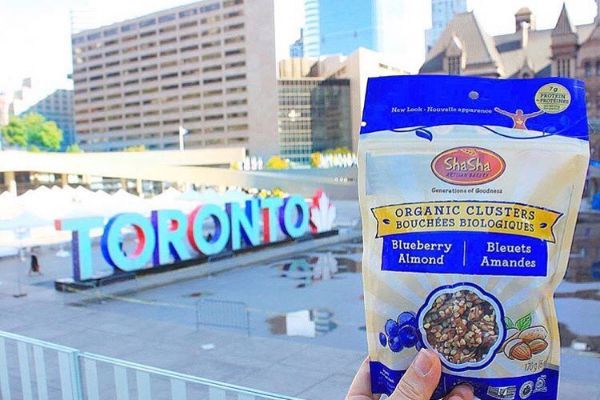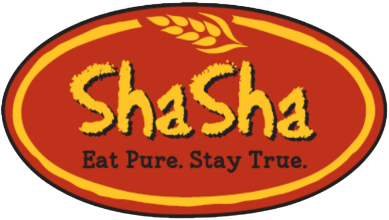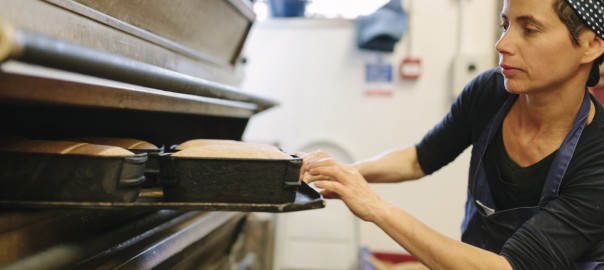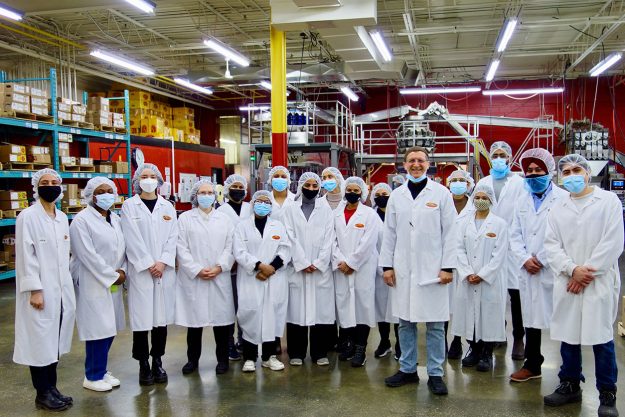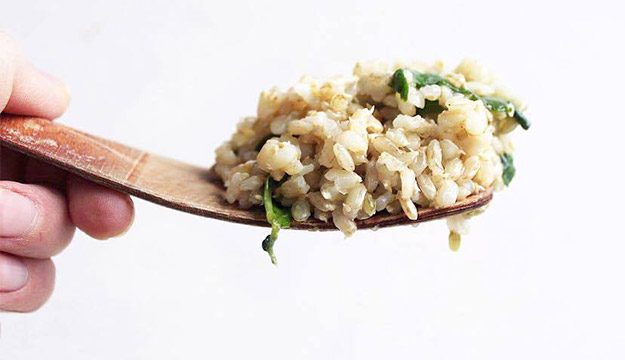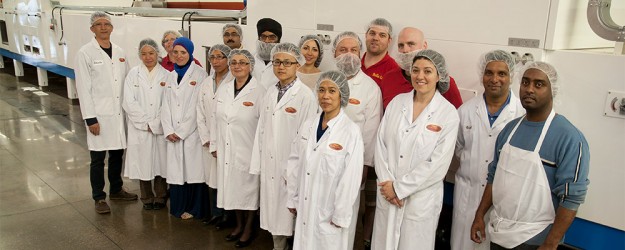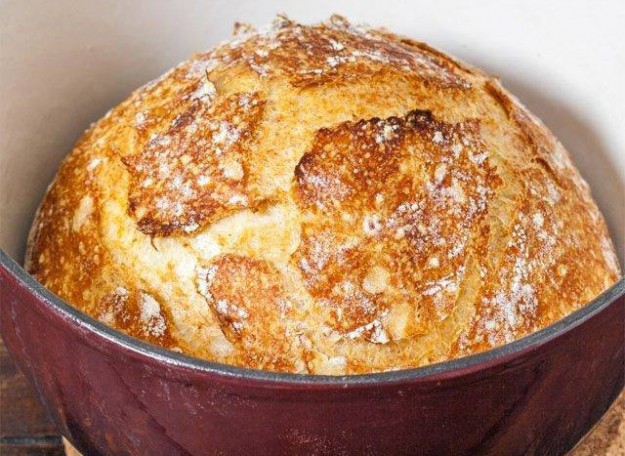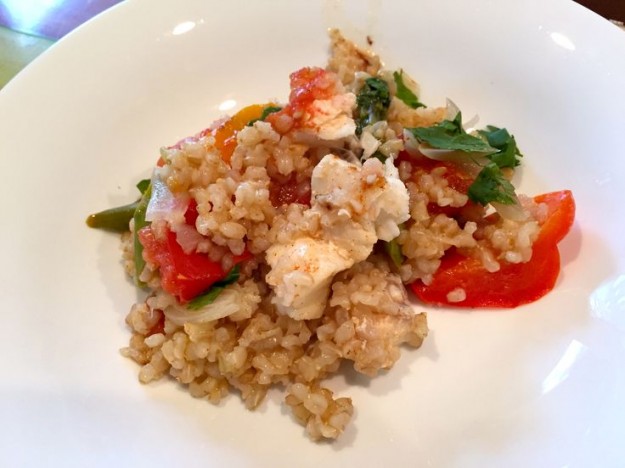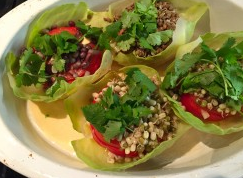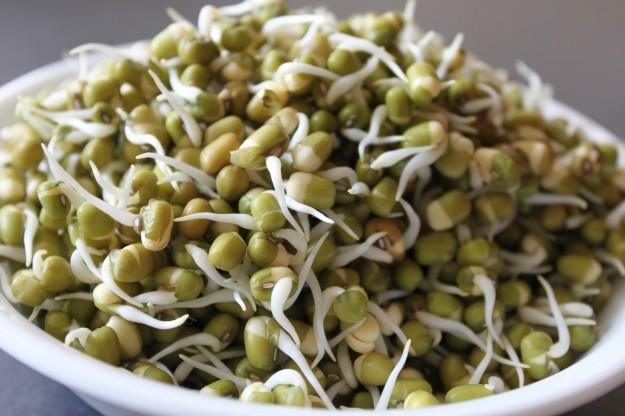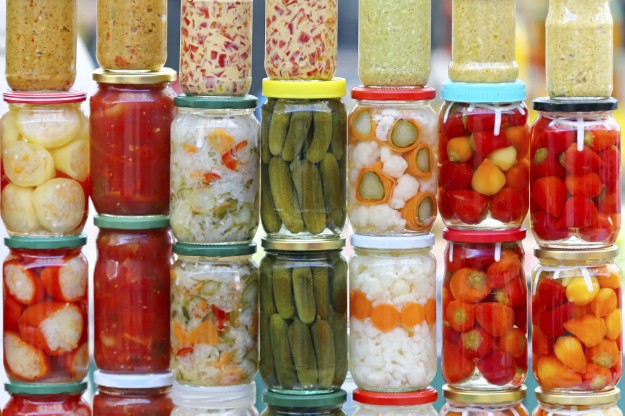‘Sourdough’ bread is made when wild bacteria and fungi are utilized to create dough. This ancient bread-making technique has been around since 2600 BC when civilizations like the Egyptians were making bread using the same principles that artisanal bakeries use today. The symbiotic relationship between the bacteria and yeast produce breads that are easily digestible and high in nutritional value.
How symbiosis produces brilliant bread
Wild yeast enzymes metabolize complex sugars and starches from carbohydrates like grains. This produces the food that the bacteria and yeast need to survive and grow. This process releases carbon dioxide in little bubbles which is what makes the bread rise.
Other byproducts include lactic acid which creates a digestible loaf and gives sourdough bread its iconic flavor. Acetic acid is another by-product which acts as a natural preservative and also adds to the flavor. Acetic acid lowers the pH level of the bread which prevents the growth of mold and renders it unnecessary to add harmful artificial preservatives. Ethanol alcohol creates that delicious ‘freshly baked bread’ aroma that makes a real bread so irresistible.
Sourdough yeast is not to be confused with baker’s yeast (Saccharomyces cerevisiae). Baker’s yeast is a hybrid fungus which allows for fast rising of the bread and a very short fermentation time. While this is good news for commercial bakeries who are able to bake a bread in only 45 minutes, it’s bad news for our digestive systems and the rise in gluten-intolerance is testimony to this.
Sourdough uses a combination of wild yeast (Candida milleri is the most popular) and bacteria (Lactobacillus sanfrancisco) and this fermentation process takes a lot longer. The extended fermentation allows the bacteria and fungi to break down the protein in the grains into amino acids which make it more digestible.
While the fermentation process might make sourdough breads easier to digest, it doesn’t necessarily make for a healthier loaf. What you need to create the healthiest loaf is stone-ground whole grains or sprouted grains.
Great ingredients make the best bread
Modern grain processing strips the germ, bran, zinc, B vitamins, vitamin E, chromium, magnesium and manganese from the grain. Chemical oxidizing agents are used to oxidize the flour and bleach it white. The Health Protection Branch of Canada currently allows up to 30 chemical additives to be used in the processing of flour.
When you chose breads made from whole grain flours, no part of the grain is removed. Instead the bran, endosperm and germ are left in and allow for better nutrient absorption. When whole grain organic flours with all their natural nutritional value (and devoid of chemical additives) are combined with sourdough baking methods, true artisanal bread is born. When grains are sprouted, the nutritional values are even greater and bread made from sprouted grains is rich in protein, enzymes, vitamins and minerals. Breads made under these ideal circumstances are easier to digest, are higher in fiber and are less likely to create digestive afflictions and gluten reactions.
That’s how we make ShaSha Co. Sourdough Breads. We use sprouted whole grains and traditional artisanal sourdough baking methods which take a lot longer, but in our experience, everything worth doing is worth doing properly. At ShaSha Co. we have worked to recreate the ancient techniques of traditional sourdough baking. The unique combination of bacteria and fungus used in ShaSha’s Sourdough techniques have existed for thousands of years and nowadays attract more attention from our consumers than ever before because it’s a wholesome process, with clean raw materials, a great nutritional profile, and a unique aroma and texture.
